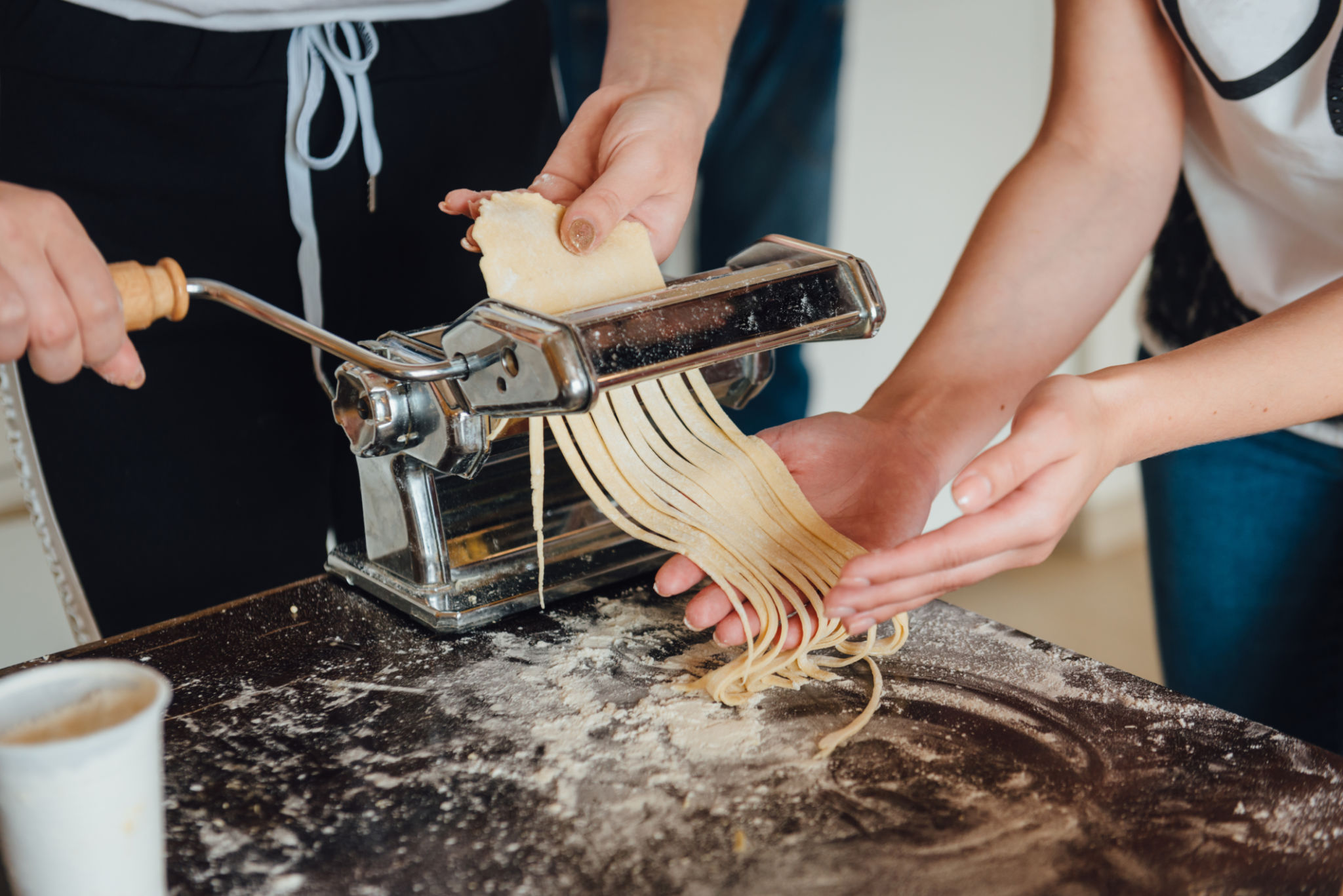From Dough to Dish: Step-by-Step Pasta Making Tutorial
Introduction to Pasta Making
Transforming simple ingredients into delicious pasta is both an art and a science. Mastering the craft of pasta making can bring joy and satisfaction, allowing you to create a variety of dishes from scratch. In this tutorial, we’ll guide you through the essential steps of turning dough into delectable pasta.

Gathering Your Ingredients
Before diving into the pasta-making process, it's important to gather all necessary ingredients. For basic pasta dough, you'll need just a few items:
- Flour: All-purpose or 00 flour are ideal choices.
- Eggs: Fresh eggs contribute to the dough's richness.
- Salt: A pinch enhances the flavor.
- Olive Oil: Optional, but it adds smoothness to the dough.
Having these ingredients ready will ensure a smooth and enjoyable pasta-making experience.
Making the Dough
To start, create a mound of flour on your countertop and make a well in the center. Crack the eggs into this well and add a pinch of salt. Using a fork, gently beat the eggs while gradually incorporating flour from the edges. Once combined, knead the mixture by hand for about 10 minutes, until you have a smooth, elastic dough. Cover the dough with plastic wrap and let it rest for at least 30 minutes.

Rolling Out the Dough
After resting, the dough is ready to be rolled out. Divide it into smaller portions for easier handling. Dust your work surface with flour and use a rolling pin or pasta machine to flatten the dough to your desired thickness. Keep in mind that homemade pasta will expand slightly when cooked, so aim for a thin sheet.
If using a pasta machine, start with the widest setting and gradually move to thinner settings. This step requires patience but results in beautifully even pasta sheets.

Shaping Your Pasta
With your pasta sheets ready, it's time to shape them into your desired form. Popular options include:
- Tagliatelle: Long, flat ribbons perfect for hearty sauces.
- Fettuccine: Slightly thicker strands ideal for creamy sauces.
- Ravioli: Stuffed pockets that can be filled with cheese, meat, or vegetables.
Use a sharp knife or a pasta cutter to achieve clean cuts and uniform shapes.
Cooking and Serving
Once shaped, cook your fresh pasta in a pot of boiling salted water. Fresh pasta cooks quickly, usually in 2-4 minutes. Taste test a piece to ensure it’s al dente before draining and serving.

Add your favorite sauce or toppings, such as a classic marinara, creamy Alfredo, or simply olive oil and Parmesan cheese. Serve immediately and enjoy the fruits of your labor.
Storing Homemade Pasta
If you’re not cooking all your pasta at once, you can store it for later use. To preserve freshness:
- Refrigerate: Place in an airtight container and consume within 2 days.
- Freeze: Arrange on a baking sheet to freeze individually before transferring to a freezer bag.
This keeps your homemade pasta ready for future meals without compromising quality.
Conclusion
Making pasta from scratch is a rewarding experience that enhances any meal. With practice and patience, you'll be able to create a variety of pasta dishes that delight your taste buds and impress your guests. Enjoy experimenting with different shapes and flavors as you perfect your pasta-making skills!